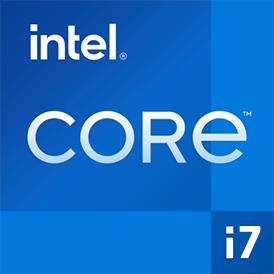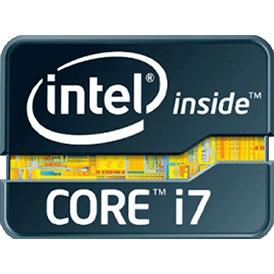 Estimated results for PassMark CPU Mark
Estimated results for PassMark CPU Mark
|
|
Intel Core i7-10875H
8C 16T @ 2.3 GHz
|
15166
|
|
|
Intel Core i7-6900K
8C 16T @ 3.2 GHz
|
14474
|
 Cinebench R23 (Multi-Core)
Cinebench R23 (Multi-Core)
|
|
Intel Core i7-6900K
8C 16T @ 3.2 GHz
|
11326
|
|
|
Intel Core i7-10875H
8C 16T @ 2.3 GHz
|
8901
|
 Geekbench 5, 64bit (Multi-Core)
Geekbench 5, 64bit (Multi-Core)
|
|
Intel Core i7-6900K
8C 16T @ 3.2 GHz
|
7651
|
|
|
Intel Core i7-10875H
8C 16T @ 2.3 GHz
|
7576
|
 Geekbench 6 (Multi-Core)
Geekbench 6 (Multi-Core)
|
|
Intel Core i7-6900K
8C 16T @ 3.2 GHz
|
7471
|
|
|
Intel Core i7-10875H
8C 16T @ 2.3 GHz
|
6960
|
 CPU-Z Benchmark 17 (Multi-Core)
CPU-Z Benchmark 17 (Multi-Core)
|
|
Intel Core i7-6900K
8C 16T @ 3.2 GHz
|
4402
|
|
|
Intel Core i7-10875H
8C 16T @ 2.3 GHz
|
4107
|
 Geekbench 6 (Single-Core)
Geekbench 6 (Single-Core)
|
|
Intel Core i7-10875H
8C 16T @ 2.3 GHz
|
1576
|
|
|
Intel Core i7-6900K
8C 16T @ 3.2 GHz
|
1254
|
 Geekbench 5, 64bit (Single-Core)
Geekbench 5, 64bit (Single-Core)
|
|
Intel Core i7-10875H
8C 16T @ 2.3 GHz
|
1278
|
|
|
Intel Core i7-6900K
8C 16T @ 3.2 GHz
|
1086
|
 Cinebench R23 (Single-Core)
Cinebench R23 (Single-Core)
|
|
Intel Core i7-10875H
8C 16T @ 2.3 GHz
|
1241
|
|
|
Intel Core i7-6900K
8C 16T @ 3.2 GHz
|
1151
|

